
Latest Stories
VR, 3D, and AI Tools
in Commercial Architecture:
Chapter 01
Transforming the Design Process
The integration of virtual reality (VR), 3D modeling, and artificial
intelligence (AI) tools has brought a paradigm
shift in commercial architecture.
Whether used separately or combined, these technologies have revolutionized the
way that designers and architects conceptualize, develop, and present their
ideas to clients.
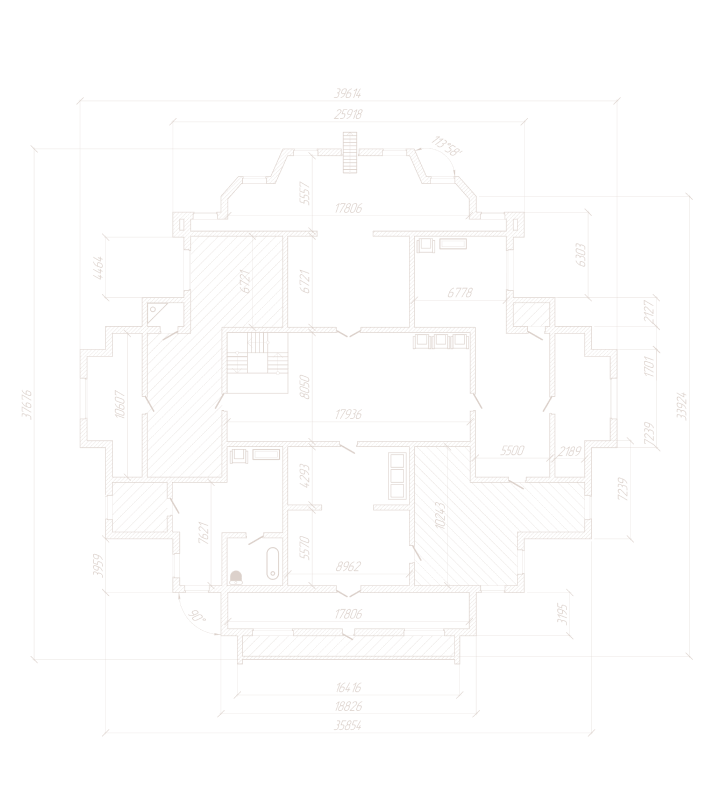
By harnessing the immersive capabilities of 3D modeling/VR and the intelligent
analysis of AI,
Globeateliê has found that we can streamline the process by which projects are designed: improve project precision, reduce the design
and construction timelines, and optimize costs for our clients.

Chapter 02
Enhanced Visualization with VR and 3D Modeling:
Traditionally, the design and construction industries relied on
two-dimensional drawings to
convey all info about a project.
However, the use and popularity of VR and 3D modeling have grown exponentially
in recent years, and have
elevated the visual experience to
unprecedented levels.
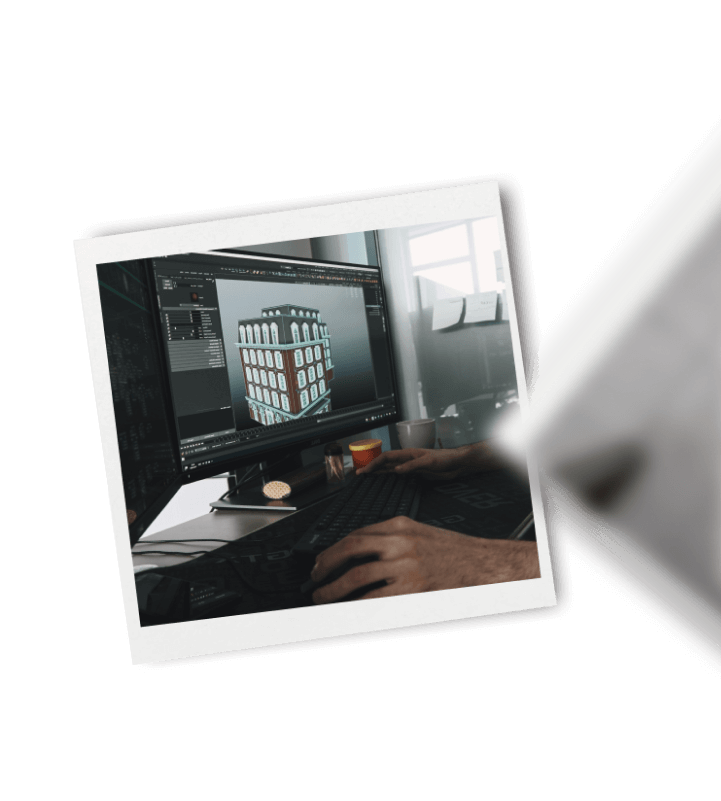
With VR, architects can create virtual environments that allow clients to immerse themselves in the proposed designs.
3D modeling can also play a
crucial role in providing clients
and shareholders accurate and realistic visual representations of architectural
designs.
Using specialized software,
architects can generate detailed 3D models of buildings,
complete with textures, lighting, and materials. These models allow viewers to
visualize the project from various angles, enabling them to evaluate the
design's aesthetic appeal, functionality, and Brand appropriateness

Designers can make modifications
and adjustments
based on real-time feedback,
leading to more efficient design iterations, and reducing the likelihood of
costly changes during construction.
Globeateliê has found this to be especially
useful in the retail and restaurant sectors,
where things can move at breakneck speed and there are multiple shareholders
with different goals and needs.
By donning a VR headset, clients can virtually walk through buildings, explore
spaces, and experience the design firsthand before construction and even
permitting begins. This immersive
experience provides a deeper understanding
and appreciation for the project, facilitating more informed decision-making.

Chapter 03
AI-Driven Design Optimization:
In many ways, artificial intelligence is just starting to emerge as a
game-changer in commercial architecture.
AI tools can analyze vast amounts of data,
generate insights, and provide valuable recommendations; this can help
architects optimize designs using massive quantities of information. For
example,
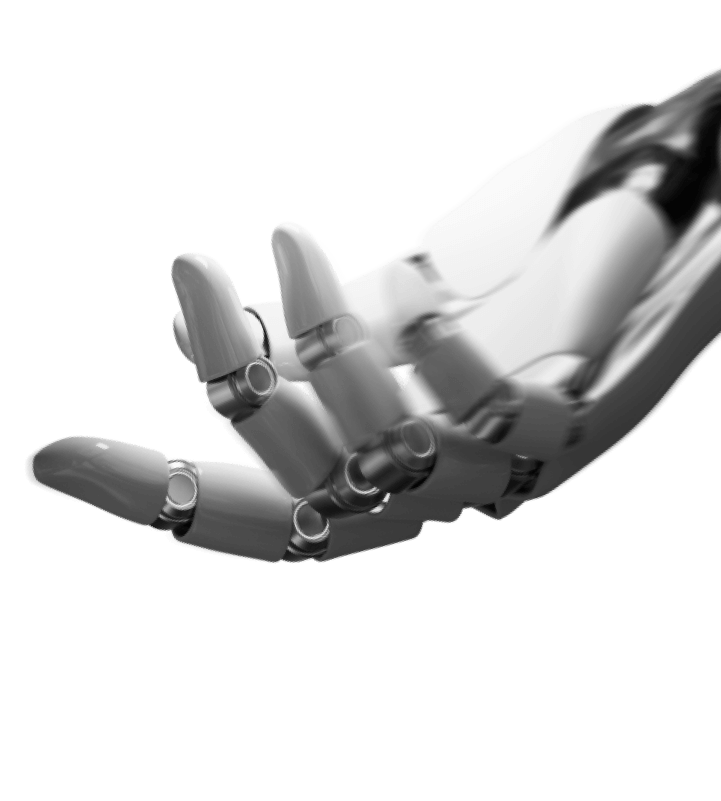
AI algorithms can predict and optimize energy consumption.
By analyzing environmental data such as solar exposure, wind patterns, and
climate conditions, AI can suggest design modifications to enhance a
building’s energy efficiency.
This can reduce operational costs and can promote sustainability and
environmental consciousness in architectural projects.
AI algorithms can also
simulate structural analysis,
evaluating the load-bearing capacity of materials and identifying potential
weaknesses.
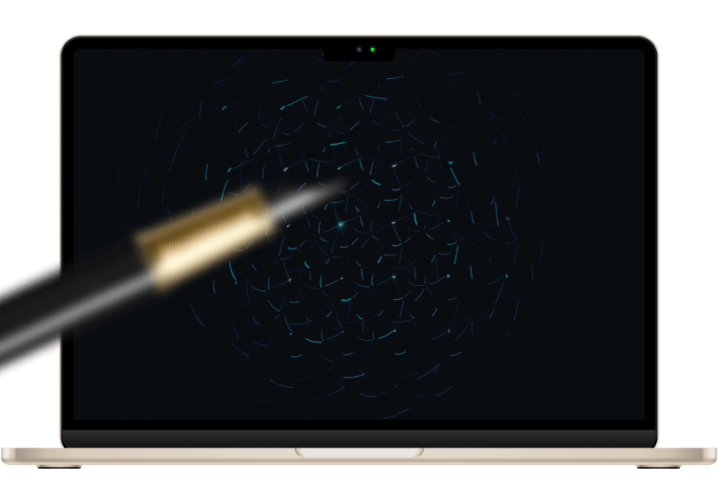
As with all AI output, human expertise is still required to filter and assess;
it’s critical to be cognizant of the limitations of the technology as well as
its benefits. However, a careful and informed use of
AI programs by industry experts can increase the speed and efficiency of
previously time-consuming tasks,
freeing up staff for more creative work.
By rapidly analyzing different design options, AI can help engineers
select the most structurally sound
and cost-effective solutions.
This ensures that buildings comply with regulatory requirements while reducing
the need for costly post-construction modifications.
Chapter 04
Efficient Collaboration and Communication:
The integration of VR, 3D modeling, and AI tools has
greatly improved collaboration
and communication between architects, clients, and other stakeholders.
VR enables architects and designers to conduct virtual meetings, where
participants
can review and discuss designs in real-time,
irrespective of their physical locations.
This enhances remote collaboration, saves time and resources, and fosters a
stronger connection between architects and clients, since everyone involved can
provide feedback, make suggestions, and actively participate in the design
process.
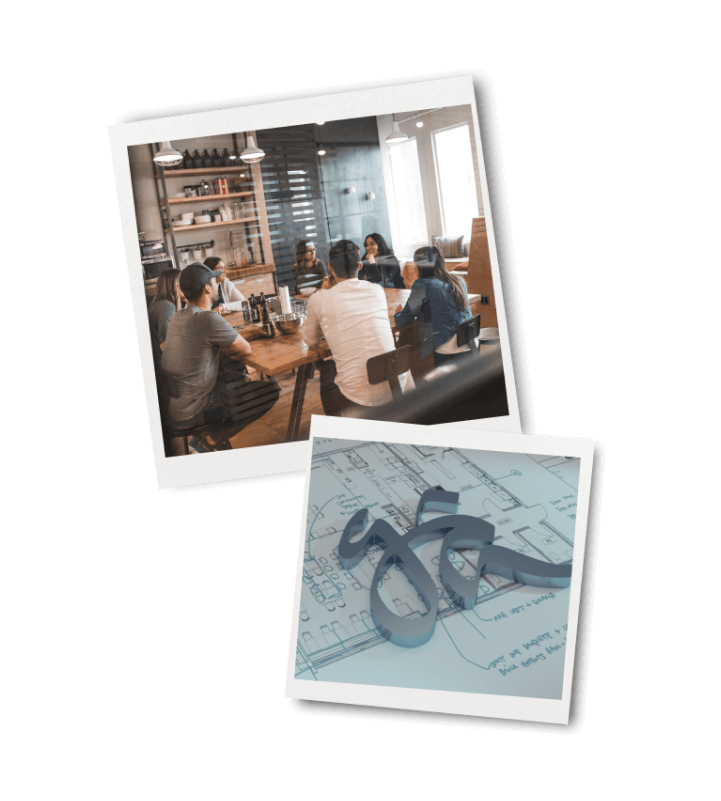
These technologies empower architects and designers to provide clients
with the ability to explore and engage with architectural designs early in
the process.
AI-driven analysis and optimization improve sustainability, structural
integrity, and energy efficiency.
Finally, efficient collaboration and communication facilitated by these tools
can help foster stronger relationships between architects and clients.
As these technologies continue to advance, we can expect further innovations in
the field of commercial architecture, pushing the boundaries of creativity and
efficiency.
As a global company with associates around the world, we
at Globeateliê are always looking for ways to improve communication
across the miles and time zones; we must also be aware of our carbon footprint,
and seek to avoid unnecessary travel when possible.
The integration of these tools has transformed the industry by enhancing
visualization, optimizing design, and improving collaboration.
At Globeateliê, we consider anything that can help create your
story to be a valuable tool.
Join us on our journey!